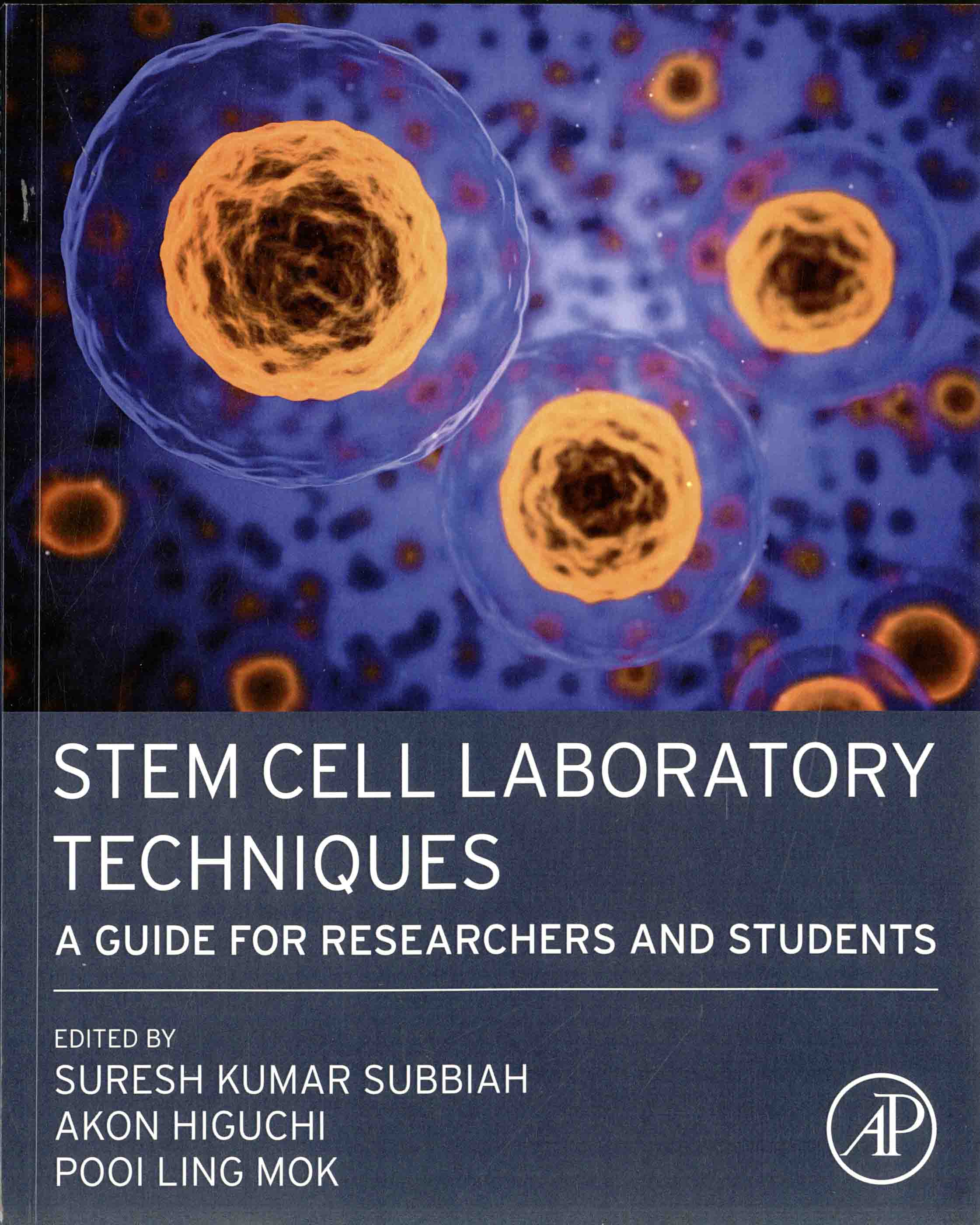 |
Stem cell laboratory techniques : a guide for researchers and students / edited by Suresh Kumar Subbiah, Akon Higuchi, Pooi Ling Mok. -- London : Elsevier, 2023. – (58.155/S824g) |
Contents
Contributors
About the editors
CHAPTER 1 Introduction: Stem cells and their application in research and therapy
1. Definition and characteristics of stem cells
2. Classification of stem cells
3. Research and application of stem cells
4. Conclusion
References
CHAPTER 2 Animal stem cells: Extraction, expansion, and cryopreservation
1. Introduction
2. Materials, reagents, chemicals, apparatus, and kits
3. Procedure
4. Conclusion
References
CHAPTER 3 Protocols in stem cell culture
1. Literature review
2. MSC-isolation of prime cells, cell culture and identification
3. Hematopoietic stem cells
4. Materials, reagents, chemicals, apparatus, and kits
5. Conclusion
References
CHAPTER 4 Isolation of human stem cells from full-term gestation amniotic fluid using immunoselection and one-stage culture techniques
1. Introduction
2. Materials, reagents, chemicals, apparatus, and kits
3. Characterization of c-kit cells/AFSCs
4. Conclusion
References
CHAPTER 5 Isolation and characterization of c-kit+ stem cells from rat full-term gestation amniotic fluid.
1. Introduction
2. Materials, reagents, chemicals, apparatus, and kits
3. Conclusion
References
Further reading
CHAPTER 6 Human induced pluripotent stem cells (hiPSCs): Generation, characterization, and differentiation
1. Introduction
2. Literature review
3. Characterization of hiPSCs
4. Materials, reagents, chemicals, apparatus and kits
5. Procedure
6. Conclusion
References
CHAPTER 7 Confirmation of stem cells pluripotency via teratoma formation in an animal model
1. Establishment of teratoma in small animal model
2. Histological examination on formed teratoma
3. Conclusion
References
CHAPTER 8 Gene editing for stem cells by CRISPR-Cas9
1. Introduction
2. Materials
3. Procedure
4. Analyzation after gene editing: Transcriptomic analysis.
5. Conclusion
References
Further reading
CHAPTER 9 Hypoxic environment: A new solution to stem cell culture
1. Introduction
2. Influence of hypoxia condition on stem cell culture
3. Procedural guide on choosing a hypoxic incubator
4. Standard operation procedure/maintenance of a hypoxic incubator
5. Conclusion
References
CHAPTER 10 Mouse embryonic stem cell-derived cerebral organoids
1. Introduction
2. Methods
References
CHAPTER 11 Standardized practice of stem cell production
1. Cell line identification and authentication by short tandem repeat (STR) DNA profiling
2. Human leukocyte antigen (HLA) analysis procedure--Polymerase chain reaction-based sequence-specific primers (PCR-SSP) method
3. Karyotyping
4. Conclusion
Further reading
Index